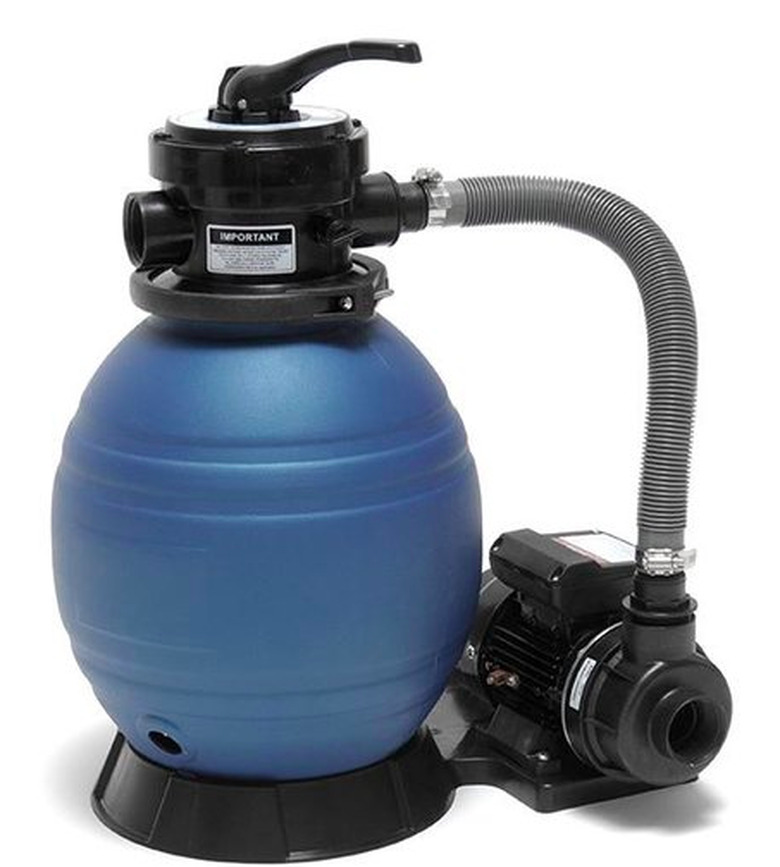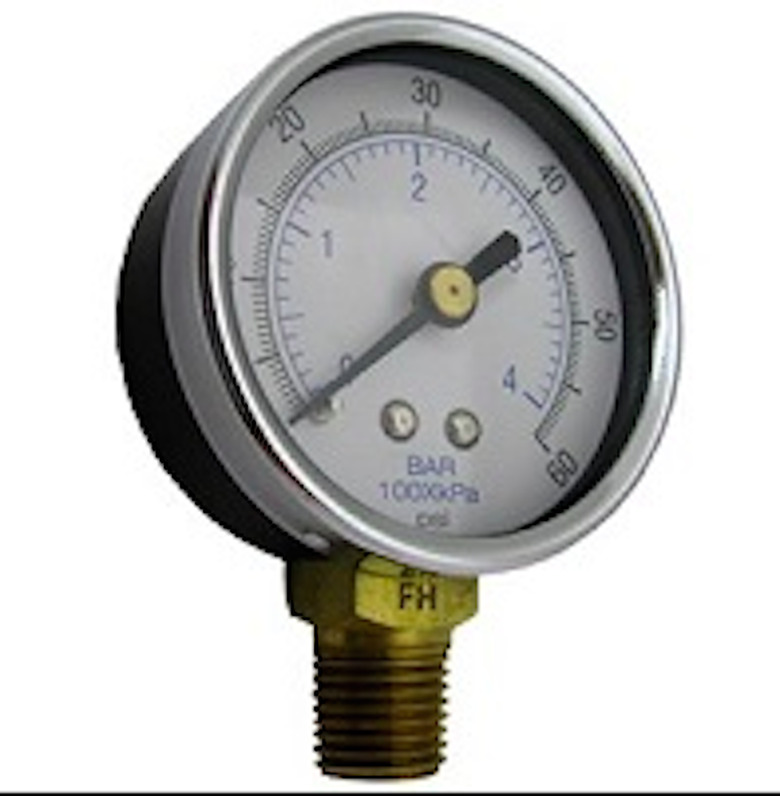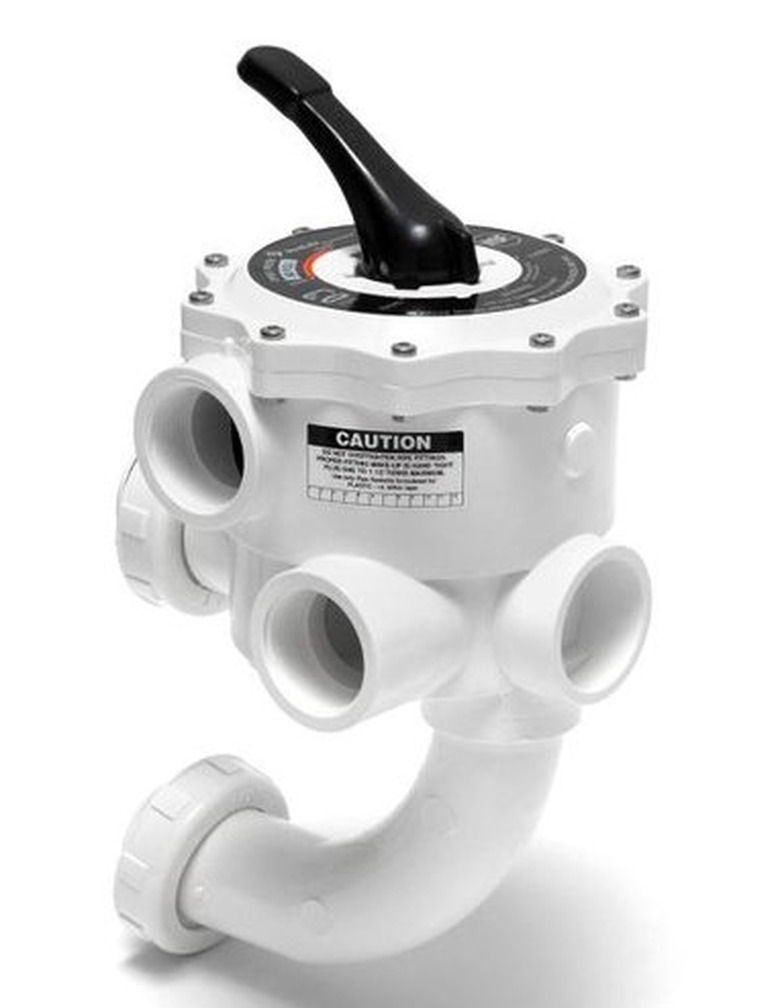How To Know If A Pool Pump Has Gone Bad
Your pool pump is motor-driven device that drives pool water through a series of pipes from a skimmer that catches the largest debris, into a filter device that strains out smaller particles of unwanted debris, and then returns that water to the pool again through a return jet.
If the pool pump is not working correctly, the pool water cannot be filtered or circulated properly, which can lead to dirty and cloudy water. In most cases, when a pump truly "goes bad" it means that there are problems with the electrical motor that powers the whole system. But before you assume the worst, there are a number of steps you can take to make sure it is a bad pump you are dealing with. A pump can stop working properly for a number of reasons that need to be ruled out before you invest in a new pump.
Here's a troubleshooting sequence to help you verify that your pool pump needs servicing or replacing.
1. Check the Filter Pressure
Read the pressure gauge located on the side of the filter. This measuress the pressure in the water flowing through the pump system, and generally it should read between 12 and 17 psi (pounds per square inch). It is a bad initial sign if you see a pressure reading below 12 psi, but before jumping to conclusions, you need to make sure there aren't other causes for the low pressure.
2. Backwash the Filter
If you have a sand or DE (diatomaceous earth) filter system, you can back-wash the filter to clean it of excess dirt and debris that could be lowering the filter pressure in the system. (If you have a cartridge filter system, you can't back-wash it, but you can clean it by hand.)
By back-washing, you can eliminate the filter as a cause of concern for the lower-than-normal pressure. The method for back-washing varies depending on the type of pump you have, so you'll need to read the pump manufacturer's instructions. Most modern sand and DE pumps, however, have a variable valve known as a multi-port that is simply turned to the BACKWASH setting in order to do this.
If you have a cartridge filter, you can simply remove it after shutting off the pump, then clean it manually with a garden hose before reinstalling it.
3. Clean the Skimmer Basket
After back-washing the system or cleaning a cartridge filter, turn off the pump again and clean the skimmer basket located at the side of the pool, as well as any filter baskets that are part of the pump system. These baskets can sometimes get clogged from vacuuming the pool and this may impede the flow of water enough to be the cause of the low water pressure you were experiencing.
4. Check the Pressure Again
Check the pressure gauge again after back-washing and cleaning the skimmer baskets. If the pressure continues to fall in less than a few hours, it's likely the pump is not functioning properly. It may be possible to clean and lubricate the motor, but you'll need to consult a pool professional for evaluation is the water pressure is consistently low.
When the pump is working correctly, water pressure should hold steady until the filters get clogged with dirt and debris—which usually take a week or so after the last backwashing. If you find that your water pressure drops very quickly after the last cleaning, it is likely there is a problem with the motor.


